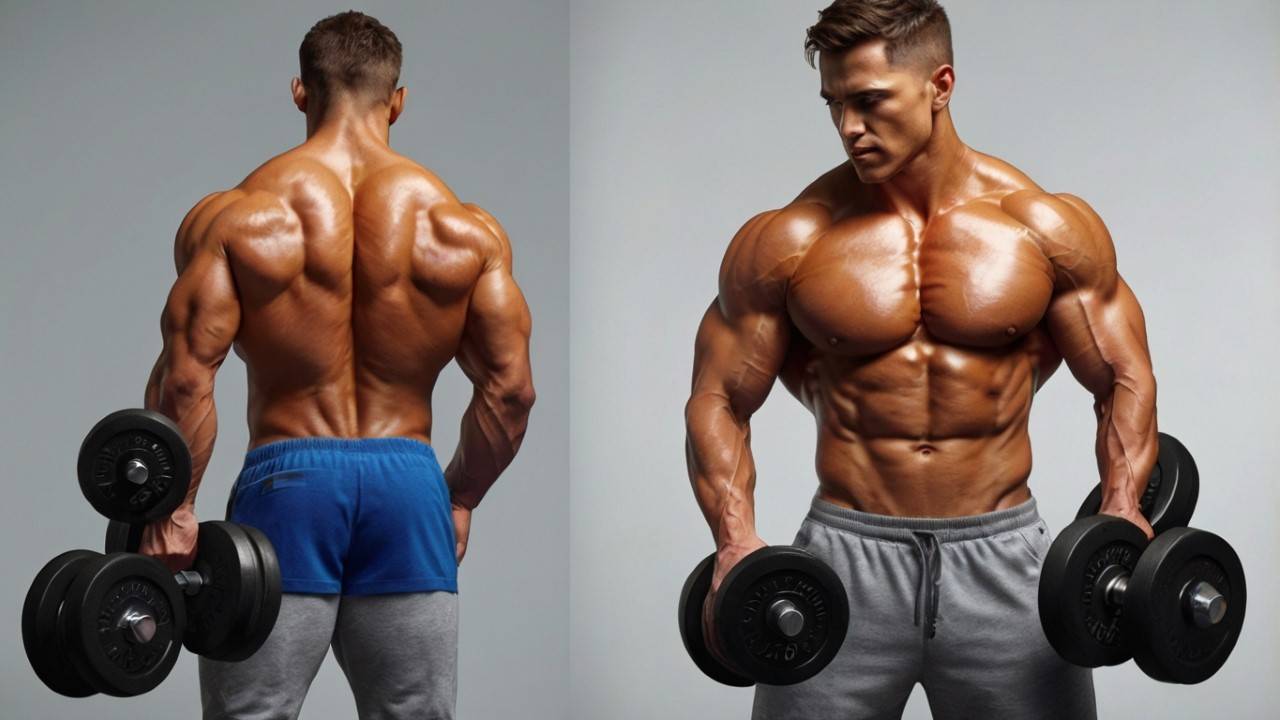10 Effective Lower Chest Dumbbell Exercises for a Sculpted Physique
Master the most effective lower chest dumbbell exercises with our science-backed guide. Learn proper form, avoid mistakes, and build a sculpted chest. Start now!
Quick Summary
If you’re short on time, here’s what you need to know about developing your lower chest dumbbell exercises: Focus on decline movements, maintain proper form and ensure progressive overload. The three most effective exercises are declining dumbbell press, decline dumbbell flyes, and dumbbell pullovers. Perform these 2-3 times per week with proper rest between sessions.
Table of Contents
- Understanding Lower Chest Anatomy
- The 10 Best Exercises
- Complete Workout Programs
- Form and Technique
- Common Mistakes
- Recovery and Progress
- FAQs
Understanding Lower Chest Anatomy
The pectoralis major, commonly known as the chest muscle or per major, is a large fan-shaped muscle covering the front of your chest. While many think of it as a single unit, it has distinct portions:
- Upper (clavicular head)
- Middle (sternal head)
- Lower (abdominal head)
Understanding this anatomy is crucial for targeted chest exercises and overall pectoral development. The lower chest fibers are particularly important for:
- Creating that defined chest shelf
- Improving pressing strength
- Enhancing overall chest aesthetics
The 10 Best Lower Chest Dumbbell Exercises Development
1. Decline Dumbbell Press
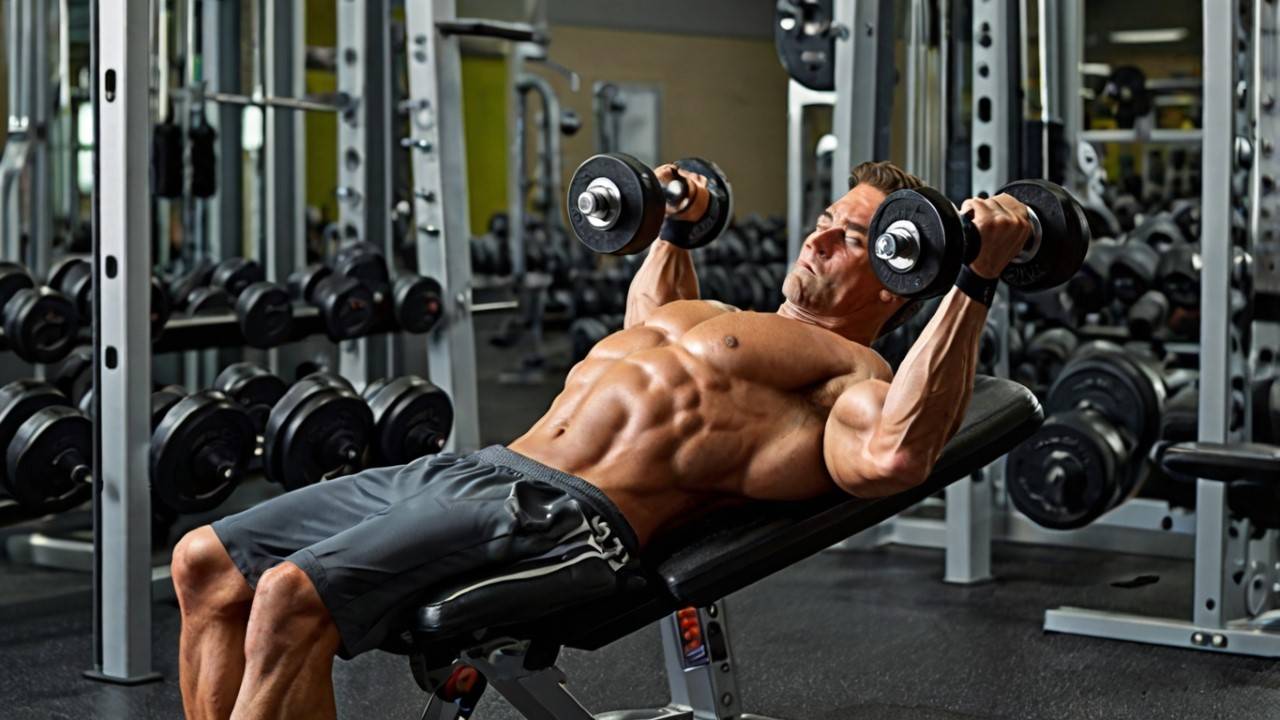
Primary Focus: lower pecs and pectoral development
Execution:
- Lie on a decline bench set at 15-30 degrees
- Hold dumbbells at chest level
- Press weights up while focusing on lower chest contraction
- Lower slowly for maximum muscle engagement
Pro Tips:
- Keep elbows slightly tucked
- Focus on feeling the lower chest activate
- Maintain controlled movement throughout
2. Decline Dumbbell Flyes
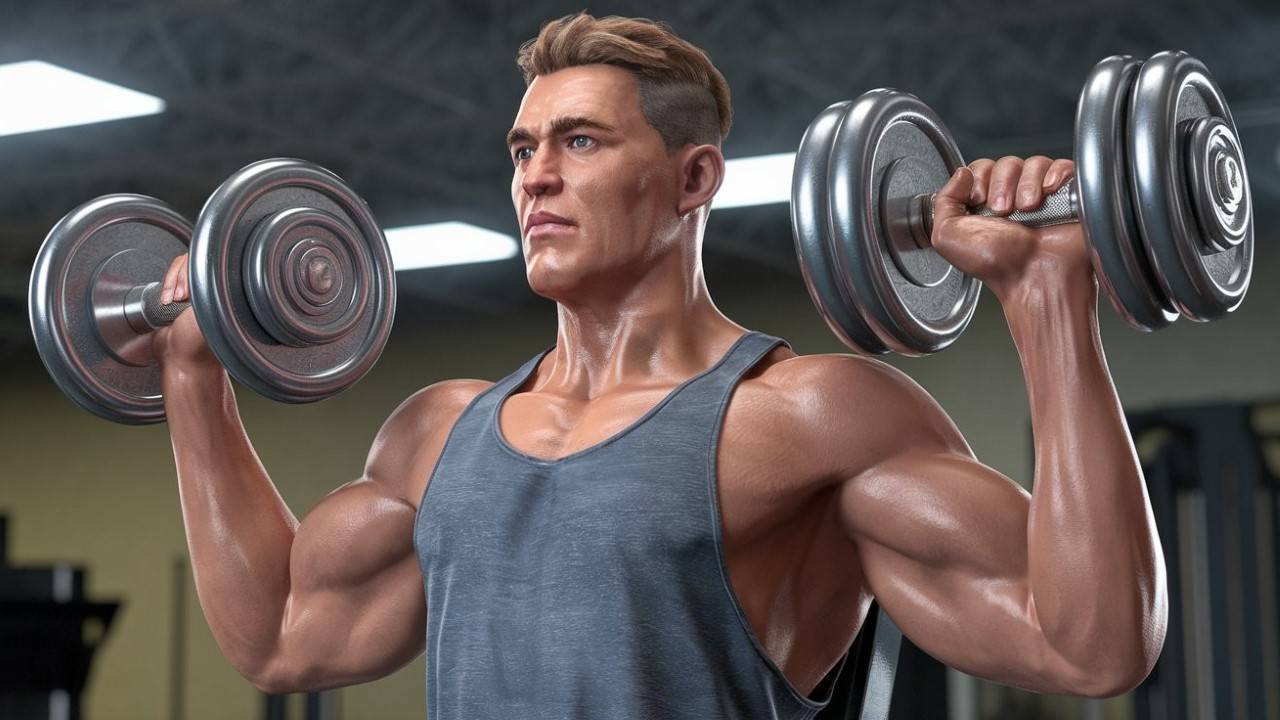
This chest isolation exercise targets the lower fibers effectively.
Key Points:
- Start with lighter weights
- Focus on the stretch
- Keep a slight elbow bend
- Control the movement
3. Dumbbell Pullovers for Lower Chest
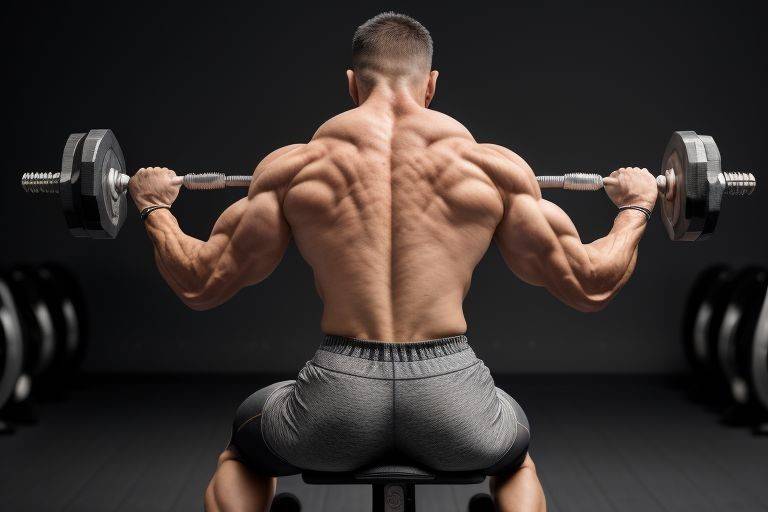
Setup:
- Lie perpendicular on a flat bench
- Upper back supported
- Feet firmly planted
- A single dumbbell held above the chest
Execution:
- Lower weight behind the head with a slight elbow bend
- Feel the stretch in your chest
- Pull the weight back up in an arcing motion
- Squeeze chest at the top
Common Form Mistakes:
- Arching the back
- Flaring the elbows
- Using momentum
- Insufficient range of motion
4. Standing Decline Dumbbell Press
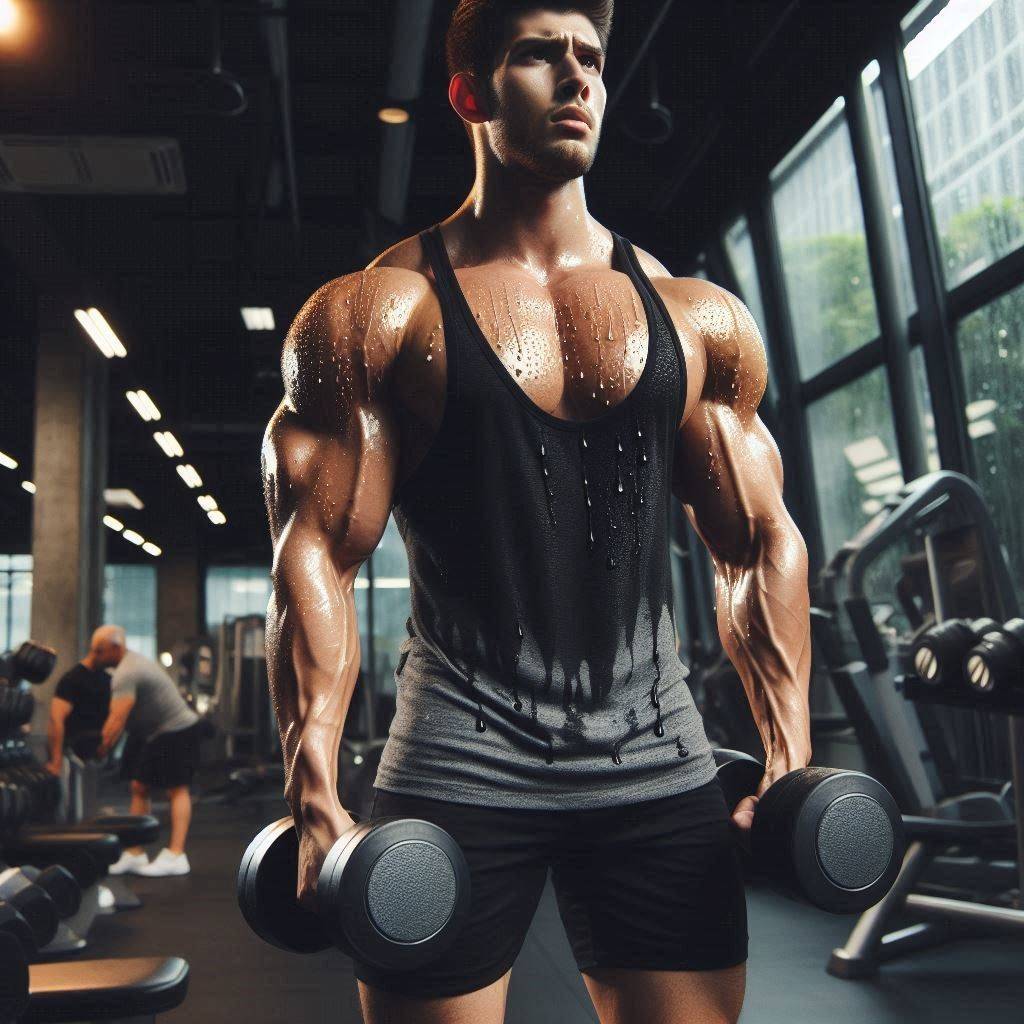
This variation is excellent for chest muscle engagement when a decline bench isn’t available.
Setup:
- Feet staggered stance
- Core engaged
- Slightly forward lean
- Dumbbells at shoulder level
Key Benefits:
- Improved stability
- Core activation
- Natural movement pattern
- Greater range of motion
5. Decline Dumbbell Squeeze Press
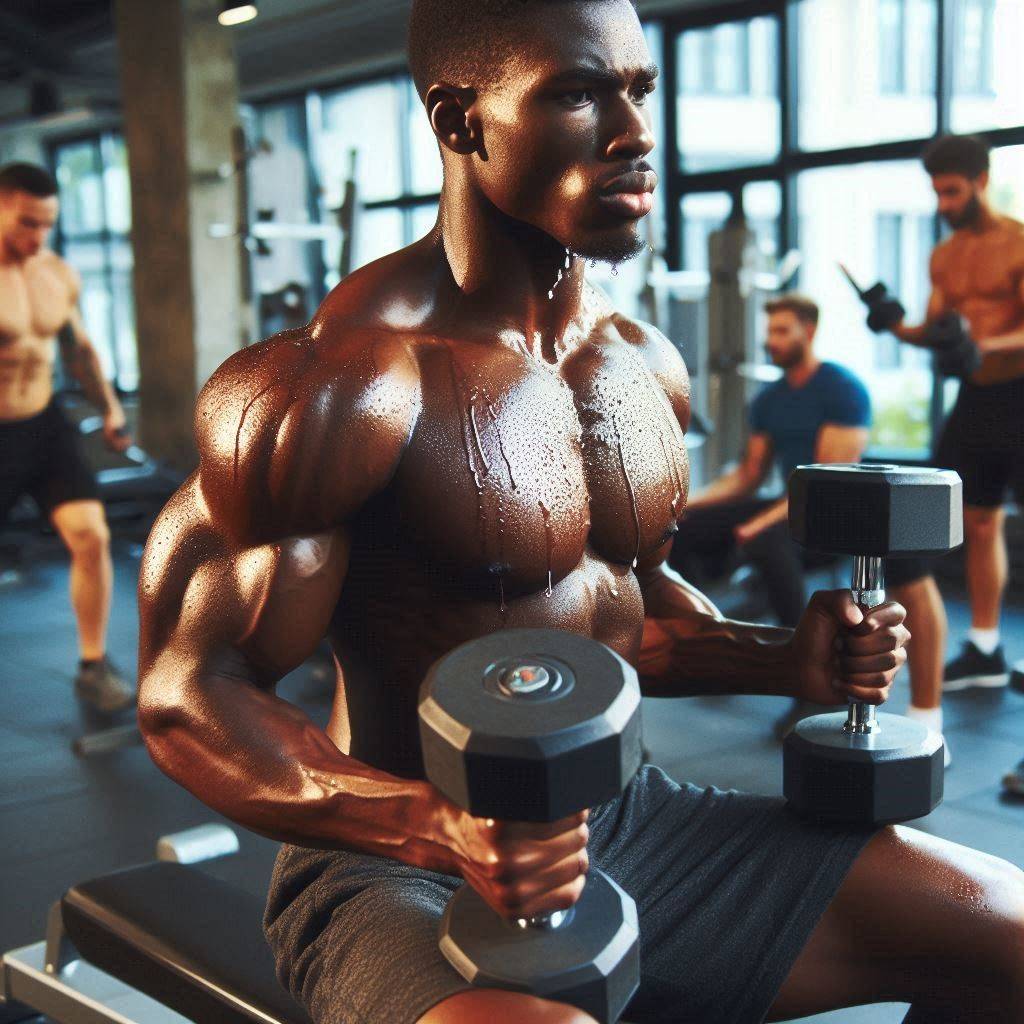
Unique Benefits:
- Enhanced inner chest activation
- Improved mind-muscle connection
- Constant tension throughout the movement
Execution Steps:
- Position dumbbells together
- Maintain inward pressure
- Press while squeezing
- Control descent
6. Decline Dumbbell Twist Press

This variation adds a rotational element to the traditional decline press, enhancing lower chest fiber recruitment.
Setup:
- Decline bench at 15-20 degrees
- Dumbbells held at chest level
- Palms facing each other initially,
- Core braced and back stable
Execution:
- Press dumbbells up while rotating wrists
- End with palms facing feet at the top
- Hold and squeeze for 1 second
- Return to the start position with a controlled descent
Key Benefits:
- Enhanced muscle fiber recruitment
- Improved mind-muscle connection
- Greater time under tension
- Increased chest activation
Pro Tips:
- Start with lighter weights to master the form
- Focus on smooth, controlled rotation
- Keep elbows at a 45-degree angle
- Maintain full body tension throughout
7. Single-Arm Decline Dumbbell Press

This unilateral exercise helps identify and correct strength imbalances while providing intense chest stimulation.
Setup:
- Secure position on a decline bench
- Freehand on the bench for stability
- Working arm’s dumbbell at shoulder level
- Feet firmly anchored
Execution Steps:
- Press the dumbbell up with controlled movement
- Focus on lower chest contraction
- Lower weight slowly (3-4 second count)
- Repeat for prescribed reps before switching sides
Benefits:
- Identifies strength imbalances
- Improves stabilizer muscles
- Enhances mind-muscle connection
- Allows greater focus on form
Form Tips:
- Avoid twisting torso
- Keep core engaged
- Maintain steady breathing
- Focus on chest activation
8. Decline Dumbbell Floor Press
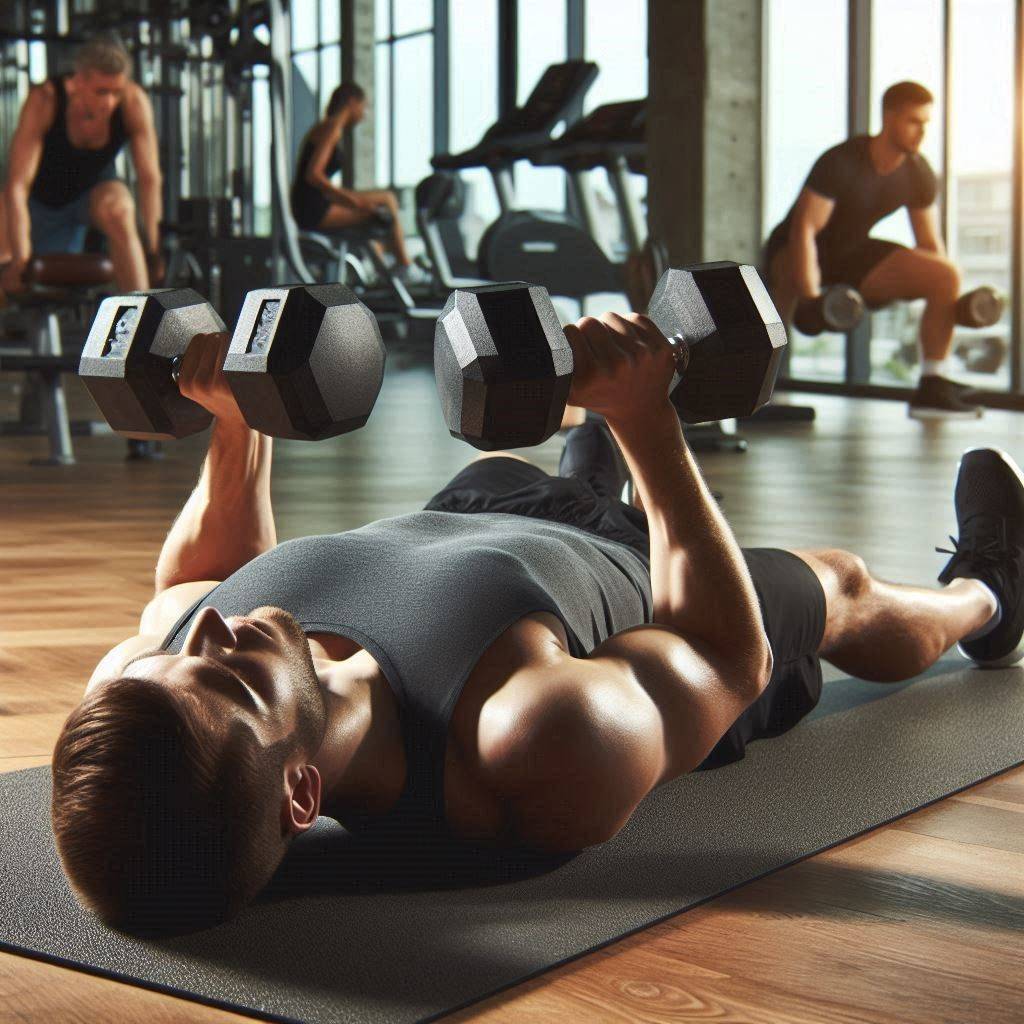
Perfect for home workouts or when equipment is limited, this variation provides excellent lower chest activation.
Setup:
- Lie on the floor with knees bent
- Small towel roll under the lower back
- Dumbbells held at chest level
- Elbows touching floor
Movement Pattern:
- Press weights up and slightly forward
- Focus on the lower chest squeeze
- Lower until elbows touch the floor
- Pause briefly before the next rep
Advantages:
- The natural range of motion limit
- Reduced shoulder stress
- Perfect for beginners
- Successful for home workouts
Coaching Cues:
- “Press toward feet”
- “Squeeze chest at the top”
- “Control the descent”
- “Feel the stretch”
9. Decline Close-Grip Dumbbell Press

This variation targets both the lower chest and triceps effectively.
Starting Position:
- Decline bench setup
- Dumbbells held closer than standard press
- Elbows tucked against the body
- Stable base established
Exercise Steps:
- Press weights up while maintaining a close grip
- Keep elbows tucked throughout
- Focus on lower chest activation
- Lower with control to the starting position
Key Focus Points:
- Maintain elbow position
- Keep wrists straight
- Control the movement
- Feel chest engagement
Common Mistakes to Avoid:
- Flaring elbows
- Rushing repetitions
- Losing chest focus
- Using momentum
10. Decline Dumbbell Pull-In Press
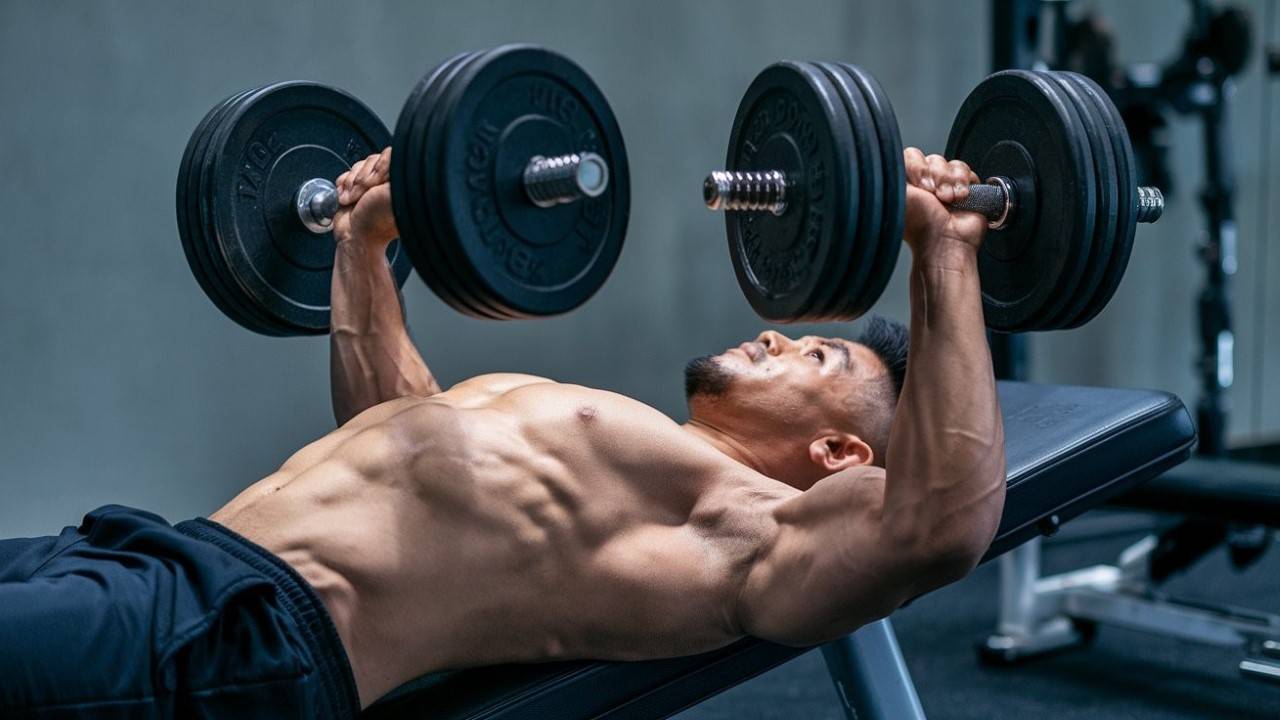
This advanced variation combines pressing and adduction for maximum lower chest stimulation.
Setup Position:
- Decline bench position
- Dumbbells held wide initially
- Palms facing forward
- Strong core engagement
Movement Execution:
- Press dumbbells up while bringing them closer
- Squeeze the chest as weights come together
- Hold the contracted position briefly
- Return to start with controlled movement
Technique Tips:
- Start with lighter weights
- Focus on smooth movement
- Maintain constant tension
- Keep shoulders stable
Training Notes:
- Perfect for finishing sets
- Excellent pump activation
- Successful for drop sets
- Enhanced mind-muscle connection
Advanced Training Techniques
- Drop Sets for Lower Chest
Implementation:
- Start with the heaviest weight
- Perform 8-10 reps
- Immediately reduce weight by 20-30%
- Continue for 2-3 drops
- Tempo Training
Recommended Tempos:
- 4-0-1-0 (4 second eccentric)
- 2-2-2-0 (2-second pause at bottom)
- 3-1-1-0 (emphasis on negative)
Comprehensive Workout Programs for Lower Chest Development
Beginner Program: Foundation Building (8 Weeks)
Training Frequency: 2x per week with 48-72 hours’ rest between sessions
Monday – Lower Chest Focus:
- Decline Dumbbell Press
- Warm-up: 2×15 with lightweight
- Working sets: 3×10-12
- Rest: 90 seconds
- Dumbbell Pullovers
- 3×12-15
- Rest: 60 seconds
- Standing Dumbbell Press
- 2×15-20
- Rest: 60 seconds
Thursday – Overall Chest Development:
- Flat Dumbbell Press
- 3×10-12
- Rest: 90 seconds
- Decline Dumbbell Flyes
- 2×15-20
- Rest: 60 seconds
Progressive Overload Strategy:
- Weeks 1-2: Focus on form
- Weeks 3-4: Increase weight by 5%
- Weeks 5-6: Add one set per exercise
- Weeks 7-8: Increase reps or weight
Intermediate Program: Enhanced Development (12 Weeks)
Training Frequency: 3x per week
Monday – Heavy Lower Chest:
- Decline Dumbbell Press
- Warm-up: 3×12, 10, 8 (pyramiding weight)
- Working sets: 4×6-8
- Rest: 2 minutes
- Close-Grip Decline Press
- 3×8-10
- Rest: 90 seconds
- Decline Flyes
- 3×12-15
- Rest: 60 seconds
Wednesday – Upper/Middle Chest: [Details of complementary workout]
Friday – Lower Chest Focus (Volume):
- Decline Dumbbell Twist Press
- 4×12-15
- Rest: 60 seconds
- Dumbbell Pullovers
- 3×15-20
- Rest: 45 seconds
- Drop Set Finisher
- 2 sets of triple drops
- Start with 12 reps
Common Mistakes and Solutions
- Insufficient Range of Motion
The Problem:
- Not reaching full stretch
- Partial lockout
- Rushed movements
Solutions:
- Use lighter weights initially
- Focus on feeling the stretch
- Count tempo (3-1-1 tempo)
- Film yourself for feedback
- Improper Bench Angle
Common Issues:
- Too steep decline
- Unstable positioning
- Incorrect bench height
How to Fix:
- Start with 15–20-degree decline
- Ensure a stable bench setup
- Maintain proper foot placement
- Check angle consistency
- Momentum-Based Training
Signs:
- Bouncing weights
- Swinging motions
- Lack of control
- Speed over form
Corrections:
- Slower eccentric phase
- Pause at bottom
- Focus on muscle tension
- Reduce weight if needed
- Poor Scapular Control
Problems:
- Shoulder blade winging
- Excessive arch
- Unstable base
Solutions:
- Practice scapular setting
- Strengthen upper back
- Primary setup position
- Regular form checks
- Breathing Mistakes
Common Errors:
- Breath holding
- Irregular patterns
- Loss of tension
Proper Technique:
- Inhale during lowering
- Exhale during press
- Maintain core tension
- Consistent breathing pattern
Nutrition Tips for Chest Development
Pre-Workout Nutrition
2-3 Hours Before:
- Complex carbs: 40-60g
- Lean protein: 20-30g
- Healthy fats: 10-15g
Example Meals:
- Oatmeal with whey protein
- Brown rice with chicken breast
- Sweet potato with turkey
Post-Workout Nutrition
Within 30 Minutes:
- Fast-digesting carbs: 30-50g
- Quick protein: 25-35g
- Minimal fats
Recovery Meals:
- Protein shakes with banana
- Rice cakes with tuna
- Greek yogurt with berries
Daily Nutrition Requirements
Protein Needs:
- 1.8-2.2g per kg bodyweight
- Spread across 4-6 meals
- Quality sources:
- Lean meats
- Fish
- Eggs
- Dairy
- Plant-based options
Carbohydrate Strategy:
- Training days: 4-7g per kg
- Rest days: 3-5g per kg
- Focus on:
- Rice
- Potatoes
- Whole grains
- Fruits
- Vegetables
Essential Fats:
- 0.5-1g per kg bodyweight
- Sources:
- Avocados
- Nuts
- Olive oil
- Fatty fish
Hydration Guidelines
- 3-4 liters daily
- Additional during training
- Electrolyte balance
Supplement Considerations
Basic Stack:
- Whey protein
- Creatine Monohydrate
- Essential amino acids
Timing:
- Pre-workout: 30 minutes before
- Intra-workout: During training
- Post-workout: Within 30 minutes
Remember: Nutrition supports your training but doesn’t replace it. Focus on consistency with both diet and exercise for optimal results.
FAQs Questions Lower chest dumbbell exercises
How do you work your lower chest with dumbbells?
The most effective way to target your lower chest with dumbbells involves:
- Exercise Selection
- Primary Movements:
- Decline dumbbell press
- Decline dumbbell flyes
- Dumbbell pullovers
- Proper Form Techniques
- Keep shoulders retracted
- Maintain a slight arch in the upper back
- Focus on pressing toward the feet
- Control the eccentric (lowering) phase
- Optimal Training Parameters
- Frequency: 2-3 times per week
- Sets per session: 12-16 total sets
- Reps per set: 8-15 for growth
- Rest periods: 60-90 seconds
Sample Workout:
- Decline Dumbbell Press: 4×8-12
- Decline Dumbbell Flyes: 3×12-15
- Dumbbell Pullovers: 3×12-15
How to work the bottom of the chest?
Key Principles for Lower Chest Development:
- Angle Manipulation
- Decline bench (15-30 degrees)
- Feet elevated for floor exercises
- Downward pressing angle
- Movement Patterns
- Press toward feet
- Arc motion on flyes
- Full range of motion
- Controlled negatives
- Mind-Muscle Connection
- Focus on lower chest contraction
- Squeeze at peak of movement
- Feel the stretch at bottom
- Eliminate momentum
Effective Exercise Sequence:
- Start with compound movements
- Progress to isolation exercises
- Finish with stretching movements
How to train lower chests without equipment?
You can effectively target your lower chest using bodyweight exercises:
- Decline Push-Ups
Setup:
- Elevate feet 6-24 inches
- Hands slightly wider than shoulders
- Core engaged
Variations:
- Regular decline push-ups
- Close-grip decline
- Slow negatives
- Paused reps
- Dips
Execution:
- Lean forward slightly
- Lower until stretch
- Press up and forward
- Control the movement
- Floor Press-Ups
Technique:
- Feet elevated
- Hands-on floor
- Press up at an angle
- Focus on chest squeeze
Progressive Overload Methods:
- Increase elevation height
- Slow down tempo
- Add a pause at the bottom
- Increase rep range
Does dumbbell fly work the lower chest?
Yes, dumbbell flyes can effectively target the lower chest, especially when performed on a decline bench.
Effectiveness Factors:
- Angle Considerations:
- Decline angle: 15-30 degrees
- Arc of movement
- Range of motion
- Elbow position
- Activation Tips:
- Keep a slight elbow bend
- Focus on chest stretch
- Control the movement
- Squeeze at the top
- Common Mistakes to Avoid:
- Too much weight
- Straight arms
- Bouncing motion
- Insufficient range
Best Practices for Flyes:
Setup:
- Lie on a decline bench
- Dumbbells held above the chest
- Slight elbow bend
- Palms facing each other,
Execution:
- Lower weights in a wide arc
- Feel stretch at the bottom
- Squeeze chest to lift
- Control throughout
Programming Guidelines:
For Strength:
- 3-4 sets
- 8-12 reps
- Moderate weight
- The 90s rest
For Hypertrophy:
- 4-5 sets
- 12-15 reps
- Lighter weight
- The 60s rest
For Definition:
- 3-4 sets
- 15-20 reps
- Lightweight
- 45s rest
Additional Tips for Maximum Results:
- Form Priority:
- Focus on stretch
- Maintain control
- Feel the movement
- Eliminate momentum
- Integration:
- Use after pressing
- Combine with pullovers
- Superset options
- Drop set potential
Remember:
- Progress gradually
- Focus on form first
- Listen to your body
- Stay consistent
These exercises and techniques, when performed correctly and consistently, will help develop your lower chest effectively. Always start with proper form before increasing weight or intensity.
Conclusion
Developing the lower chest requires patience, consistency, and proper technique. Focus on:
- Using appropriate weight
- Maintaining proper form
- Following a structured program
- Allowing adequate recovery
Remember, everyone’s journey is different. Stay consistent with your training, pay attention to your body’s response, and adjust your program as needed.
Recommended Reading
- Chest Dumbbell Exercises 101: Mastering the Art of a Strong Chest
- Best Nutrition for Muscle Building: Top 15 Foods to Supercharge Growth
- 28 Best Nutrition Tips for Improving Your Health: Eat Smart, Live Well

